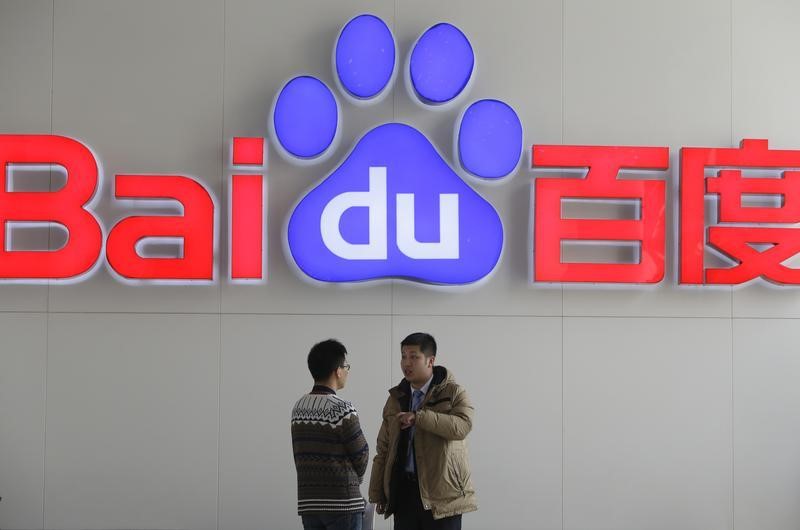What sets apart the winners and losers isn’t just luck or timing; it’s their strategic mastery of large-scale experimentation
After being introduced by a mutual friend, I had a mind-opening conversation with Ed Baker, the former head of growth at Facebook and Uber. During our insightful call, Ed imparted a piece of wisdom that resonated deeply. At Uber, one experiment stood out for its impact, surpassing the cumulative effect of all other experiments in a year. This interaction solidified my belief in the transformative power of strategic experimentation.
At its core, a lean experiment is a method used to test and validate hypotheses in the most efficient and low-risk manner possible. Derived from the principles of Lean Startup methodology, this approach emphasizes speed, agility, and cost-effectiveness. The goal is to learn more about what works and what doesn’t with the least effort and resources.
Characteristics of Lean Experiments:
Hypothesis-Driven: Every lean experiment starts with a clear hypothesis. For instance, “If we add a user tutorial, we will see an increase in user engagement.”Simple: Lean experiments focus on creating an idea’s most minor or simplest version to test its validity.Measured and Iterative: The effectiveness of lean experiments hinges on their ability to produce measurable results. Iteration is vital to the process, as each experiment leads to new insights and refinements.Customer-Centric: These experiments are designed around the customer’s needs and behaviors. Understanding the target audience and how they respond to changes is fundamental to lean experimentation.Rapid Execution: Lean experiments are conducted quickly to avoid unnecessary expenditures of time and resources.
As the CEO of CodeCheck, a shopping app with a large audience in the German-speaking markets, I started to embrace the topic of experiments. While we only ran a few yearly, we’ve seen some good results. A new…























